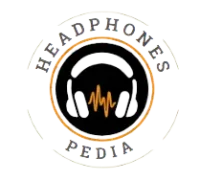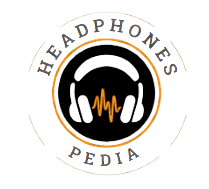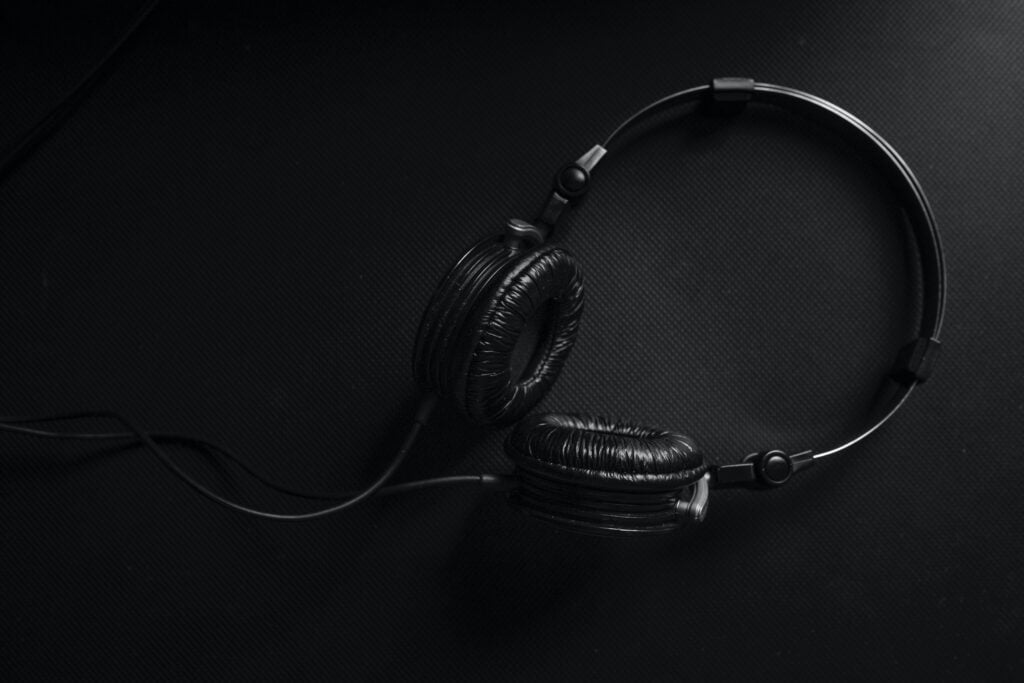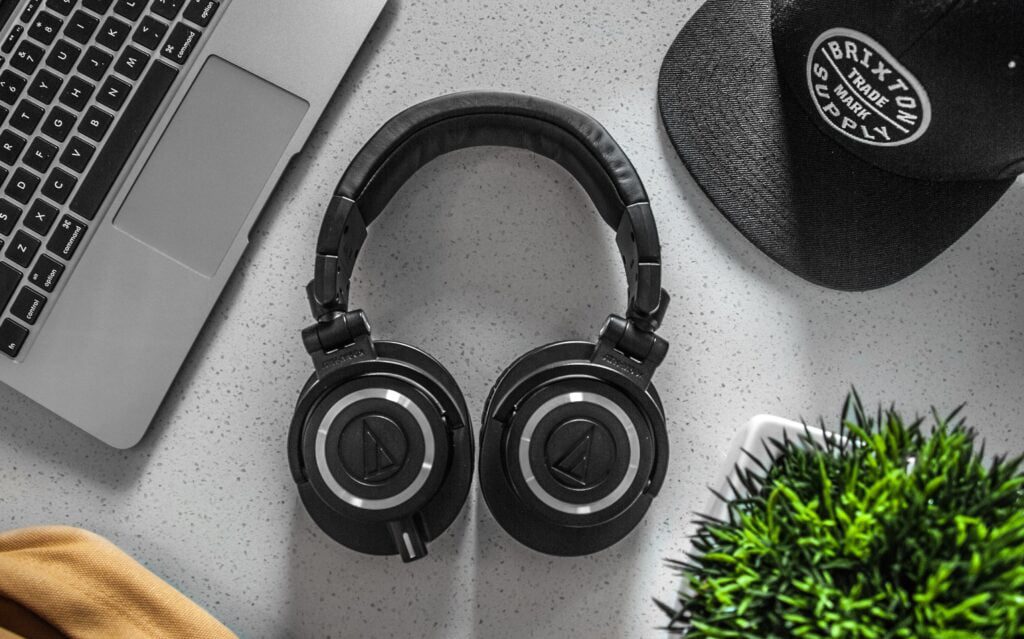Why Should Headphones Be Allowed in School? One of the reasons is focus and concentration in the sensory minefield of classrooms. Schools and classrooms filled with high-energy teens and high schoolers can be distracting on multiple levels.
Pin-drop silence is needed to ensure attention to the reading material and to comprehend what’s being read. That’s when headphones come in. Students can learn their study material better by using noise-cancelling or closed-back headphones. A silent environment maximizes their chances of success in school with good grades.
This article highlights the positives of using headphones in education, learning, and the mental well-being and self-regulation of students.
Why Should Headphones Be Allowed in School?
Focus and Productivity
One is always more interested in knowing the details of last night’s party a class fellow attended than the boring maths assignment. Even as a student is studying, he is getting distracted by the loud chattering of students in the far corner of the classroom.
The learning environment has a far greater impact on a student’s learning experience than we generally realize. Distraction-free study places yield greater success in academics. Students spend almost the entire day in school, encountering multiple opportunities to cover more study material for their finals. Yet, numerous distractions in study halls and study corners of schools cost their energy and grades.
Here, headphones can be more of a help for students to improve their studies. They can use headphones to block out the hum of chat and other background noise and to concentrate on their academic task.
Other than surviving distractions, students can personalize their learning with audiobooks, online lectures, and other free resources for learning (podcasts, apps, etc.). This learning is tailored to the needs of a specific student who needs a headphone set to maintain a free-of-distraction environment for their class fellows as well.
Auditory Learners
In early 2024, a comprehensive study was conducted on Universal Design for Learning (UDL). This study highlights the growing desire of students for accessible audio-learning resources. Standard teaching modality fails to acknowledge the different learning needs of students,
Students with auditory learning styles benefit more from audio-supported pedagogy. To facilitate this learning modality, multiple tech resources are required. The resources should be provided by the institute, such as microphones for recording audio lectures and headphones for students to listen to these lectures.
Image from Pexels
Inclusive Learning
The use of noise-canceling headphones and earmuffs is backed up by research on inclusive learning. Here’s how headphones are significant for the success of students with ADHD, SPD, and autism spectrum Disorder.
Therapeutic Listening for Sensory Processing Disorder (SPD)
Headphones also benefit children with Sensory Processing Disorder (SPD). Therapeutic listening is a vital part of sensory intervention for SPD. Using headphones to deliver auditory stimulation inside the classroom for SPD can significantly improve a student’s grades.
Students on the Autism Spectrum
Students on the Autism Spectrum are sensitive to environmental noise. Noise-canceling headphones are recommended for them to deal with the negative impacts of unpleasant auditory stimuli in schools.
Cognitive performance in Attention-Deficit/Hyper-Active (ADHD) Students
For students with ADHD, it is difficult to maintain consistent attention on the task they are doing. A research study suggests that listening to white noise can help them stay focused longer.
This controlled auditory exposure also enhances their cognitive performance in academics. Therefore, teachers should use headphones to deliver white noise as a non-pharmacological approach to improve the academic performance of ADHD students.
Mental Health and Well-Being
School is highly demanding, stressful, and overwhelming. Cognitive Load Theory highlights how school settings can be stressful for students. Continuous learning and teaching instruction result in fatigue, annoyance, and frustration. Headphones can be one of the factors to rejuvenate the spirit.
- Listening to calming music might be enough to relax anxious students.
- Listening to white and pink noise during transitions can help students in overwhelming school environments.
- They can recharge their energy while vibing to hip-hop during free time and lunch breaks.
- Putting on noise-canceling headphones and sitting in silence is also good for psychological well-being, emotional regulation, and stress reduction.
Image from Pexels
Prepare your students for Modern Workplaces.
This is the age of invention. It requires the workforce to be adequately capable of dealing with modern-day tech use. Digital learning tools are promoted in various educational settings, from computers to virtual reality to educational apps. This technology integration prepares students for their future and careers. It also makes them more familiar with the use of technology and increases their efficacy in the workplace.
Image from Pexels
Promoting Self-Regulation and Autonomy
Headphones allow students to manage their study routines, prioritize tasks, and maximize academic success. It helps them be more independent in their learning journey. They trust themselves, and with confidence, they lead their educational experience.
Important Guidelines
For the healthy use of headphones during school. There should be clear guidelines and rules regarding headphones inside the school and classrooms.
These instructions must be openly communicated and reinforced.
- The use of headphones is allowed for specific times, such as independent work.
- Headphones shouldn’t be allowed during the teacher’s instruction and lessons.
- No earbuds and headphones policy during exams, tests, and classroom evaluations.
- In-class rules can include: only educational content and listening to white/pink noise is allowed. Students can also be directed to put on only one earbud to be aware of the teacher’s situational instructions and ambient awareness.
- Volume-limited headphones can also be a good initiative for situational awareness of the surrounding environment.t
Tip: To ensure access for all students, the institute can loan out headphones to students for school hours.
Image from Pexels
Conclusion:
Headphones can be much more than mere gear for entertainment. Throughout the text, I have highlighted the importance of headphones in modernizing the education system and learning. From inclusive learning to ensuring mental well-being, headphones have diverse uses inside a school. Headphones should be allowed in schools for their significant impact on cognitive development and academic performance.
Headphones are practical tools. With age-appropriate policies, the advantages of headphones in schools can be maximized.
Allow your students to grow, de-stress, and learn in a quiet and relaxing environment.
“Silence is a source of great strength.” (Lao Tzu)
Frequently Asked Questions
Are noise-cancelling headphones ok for kids?
Yes, noise-cancelling (NC) headphones are okay for kids. Using an NC headphone is a better option than turning up the volume of regular headphones to lock out background noise. Parents need to guide their children on the healthy use of headphones: not using headphones while biking or walking on the streets during busy hours. This ensures children’s safety.
Why do people wear noise-canceling headphones in public?
People use noise-canceling headphones for various pressing reasons. Some use NC headphones to block out ambient noise and focus on their work, reading, etc. At the same time, others use noise-canceling headphones to be safe from overwhelming sensory input from public places. People who get anxious in public also prefer headphones to listen to calming music. Other people just use them for entertainment and listen to their favorite music.
Is it weird to wear headphones in school?
No, it is not weird to wear headphones in school. It can be of help in different ways. From relaxing to focusing on studying, using headphones can help you a lot in school. But yes, during a lesson, one should not put on headphones or earbuds as it can lead to missing out on important information and cost you your grades.

I am Michael a Texas-based recording engineer and sound enthusiast. I contribute to Headphones Pedia’s efforts to educate readers about intriguing new devices and other audio-related issues by drawing on their experience working on several sound projects. I also use AI tools to assist with content creation.




